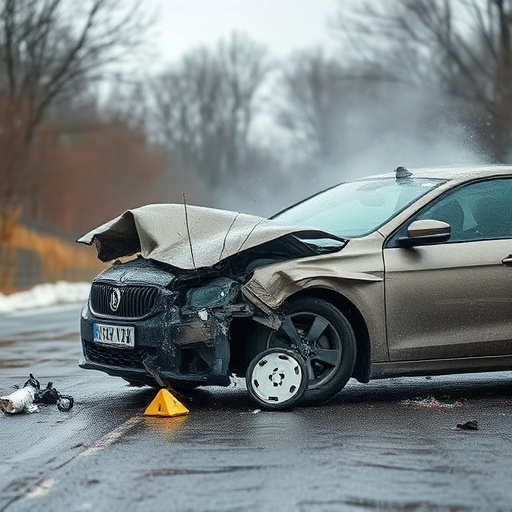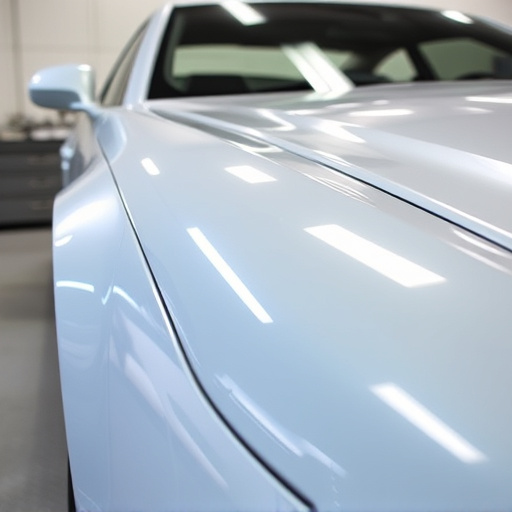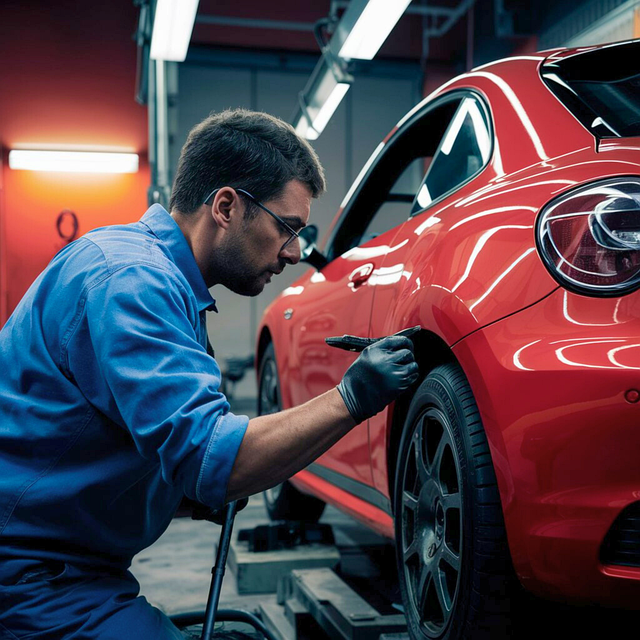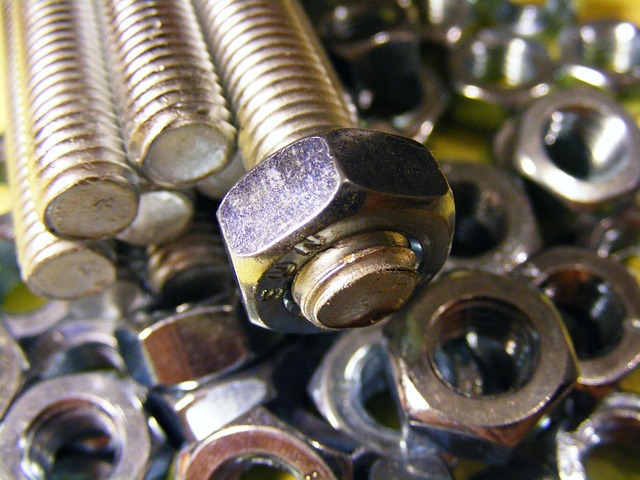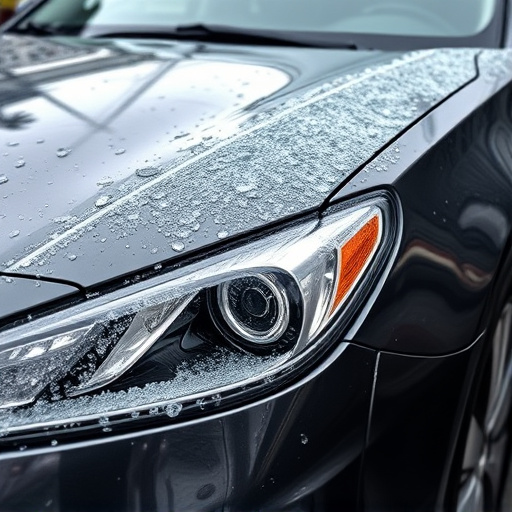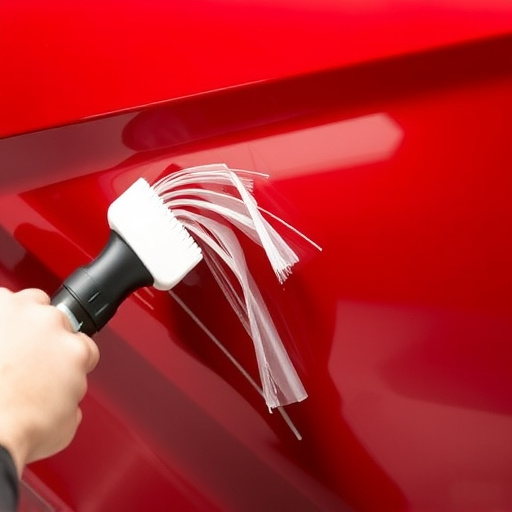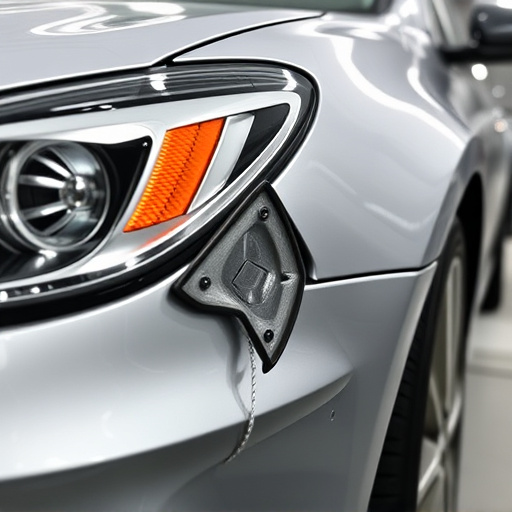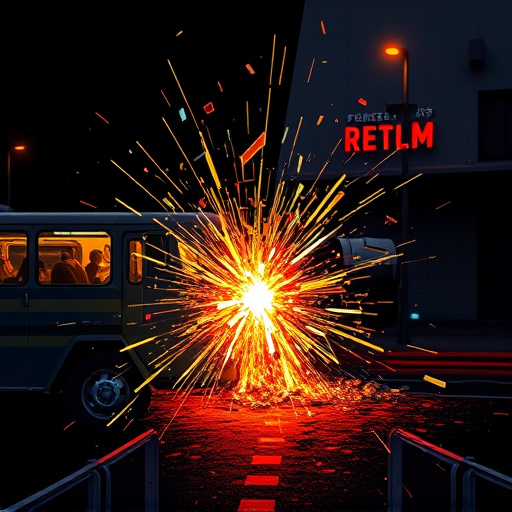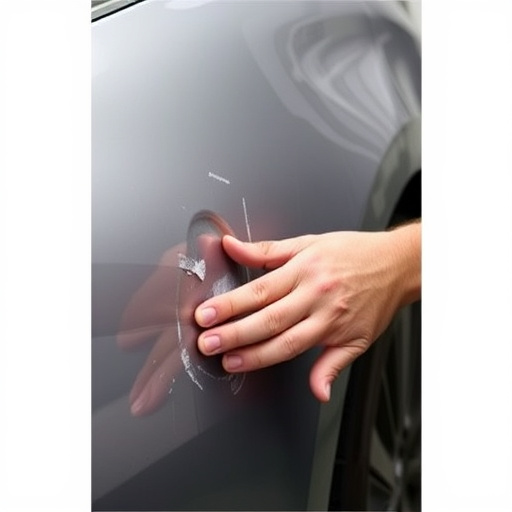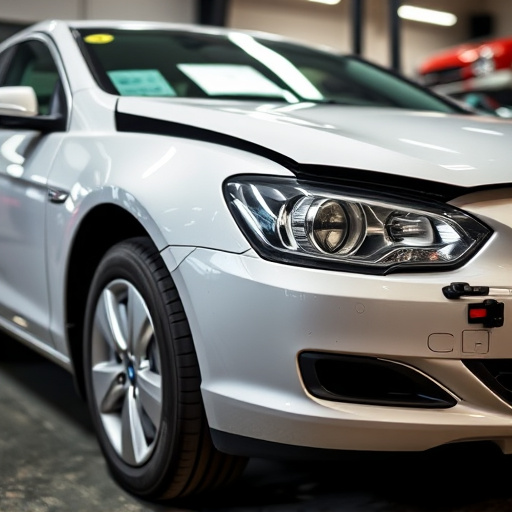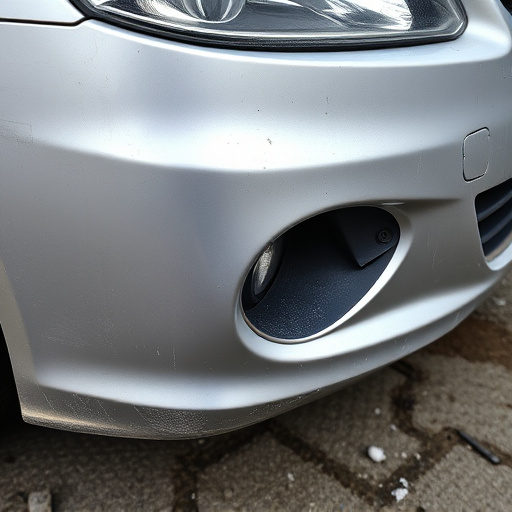ASE certified collision repair ensures technicians meet industry standards for modern vehicle repairs, especially ADAS and sensor systems. This certification involves rigorous training and exams covering safety, auto glass, paint repair, and restoration, guaranteeing quality assurance. As ADAS technology becomes standard, ASE-certified shops are vital for safe and precise repairs, maintaining vehicle aesthetics and safety features.
In today’s automotive landscape, Advanced Driver Assistance Systems (ADAS) and sensor technologies are the new normal. As vehicles become increasingly sophisticated, ensuring safe and effective collision repairs requires specialized knowledge and skills. Here, we explore the vital role of ASE Certified Collision Repair technicians in addressing the unique challenges posed by ADAS and sensor systems. Understanding their certification and the importance of integrating these technologies seamlessly for accident-free driving is crucial for both professionals and consumers alike.
- Understanding ASE Certification for Collision Repair
- ADAS Systems: The New Normal in Automotive Technology
- Navigating Sensor Integration for Safe Repairs
Understanding ASE Certification for Collision Repair
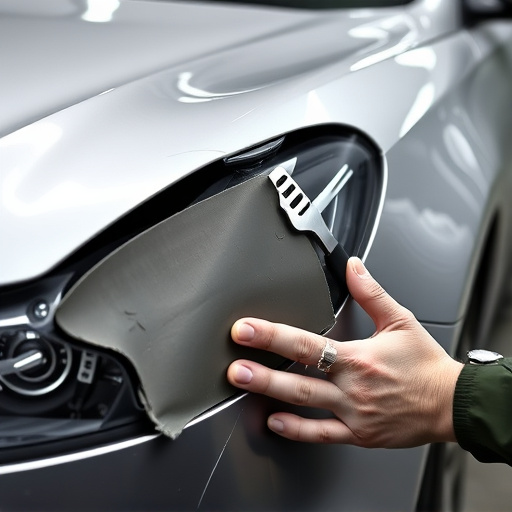
ASE certification for collision repair is a significant standard that ensures automotive technicians possess the necessary skills and knowledge to handle modern vehicle repairs, especially those involving Advanced Driver Assistance Systems (ADAS) and sensor systems. This certification from the National Institute for Automotive Service Excellence (ASE) is highly regarded in the industry as it validates the competence of repair specialists.
Obtaining ASE certification requires rigorous training and passing an extensive exam that covers various aspects of collision repair, including safety procedures, auto glass replacement, vehicle paint repair, and restoration techniques. It’s a mark of quality assurance for both consumers and businesses, guaranteeing that repairs meet or exceed industry standards, particularly in the complex realm of ADAS technology.
ADAS Systems: The New Normal in Automotive Technology
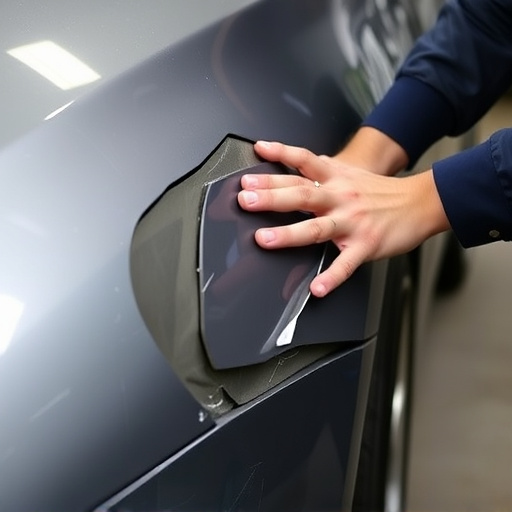
Advanced Driver Assistance Systems (ADAS) are rapidly becoming the new normal in automotive technology, transforming how drivers interact with their vehicles and enhancing safety on the roads. These systems use a network of sensors, cameras, and radars to detect potential hazards, assist drivers, or even take control in certain situations. As vehicles become increasingly connected and autonomous, ASE certified collision repair technicians need to be well-versed in ADAS technology to perform repairs that maintain these critical systems’ functionality.
The integration of ADAS features like adaptive cruise control, lane-keeping assist, blind spot monitoring, and automatic emergency braking is now standard in many new car models, including luxury brands like Mercedes Benz. When collisions occur involving vehicles with ADAS, it’s crucial to have specialized automotive repair services that can accurately calibrate and restore these systems to ensure they operate optimally after a collision. Techniques such as paintless dent repair are particularly valuable for maintaining the integrity of sensor placements, which can be hidden beneath exterior panels, preserving both the vehicle’s appearance and safety features.
Navigating Sensor Integration for Safe Repairs
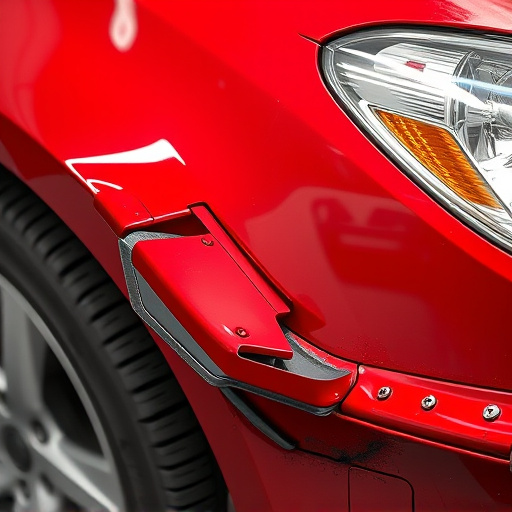
Navigating Sensor Integration for Safe Repairs
In today’s advanced automotive landscape, ASE certified collision repair centers face a unique challenge—navigating the intricate integration of ADAS (Advanced Driver Assistance Systems) and sensor systems. As vehicles become increasingly equipped with sophisticated technology, ensuring safe repairs requires a deep understanding of these components. Repair technicians must be adept at handling fleet repair services while addressing complex automotive body work, especially when it comes to dent removal and precise adjustments.
The safety of modern vehicles heavily relies on the seamless operation of sensors that power ADAS features like adaptive cruise control, lane-keeping assist, and automatic emergency braking. ASE certified shops play a pivotal role in repairing collisions without compromising the integrity of these systems. Proper training and expertise are crucial to diagnose and rectify issues related to sensor calibration, ensuring that vehicles return to the road with enhanced safety features and reliable performance.
ASE Certified Collision Repair is essential for keeping up with the evolving automotive landscape, particularly with the integration of ADAS and sensor systems. By understanding these certifications and the challenges they present, shops can ensure safe, efficient, and future-proof repairs. Navigating sensor integration requires specialized knowledge, but it’s crucial for maintaining the safety and performance of today’s sophisticated vehicles.
